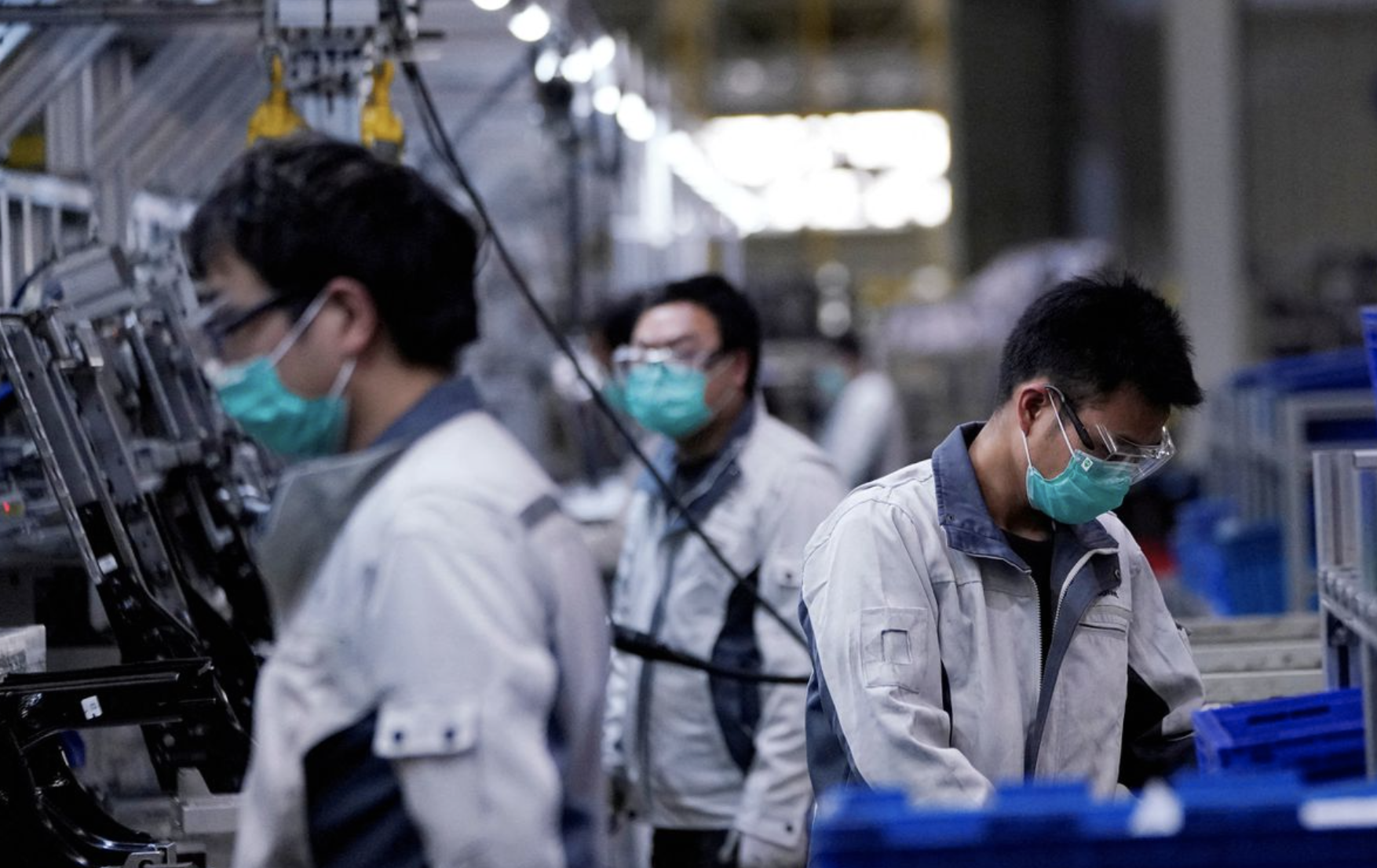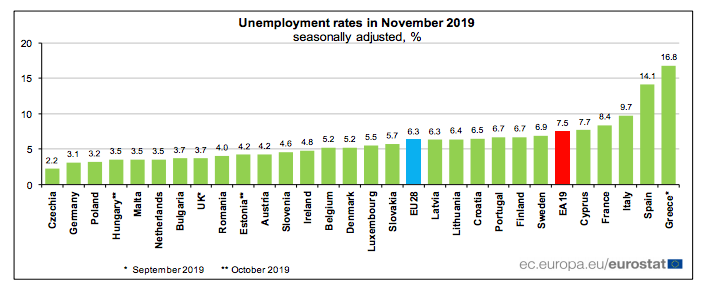
FILE PHOTO: Employees wearing face masks work on a car seat assembly line at Yanfeng Adient factory in Shanghai, China, as the country is hit by an outbreak of a new coronavirus, February 24, 2020. REUTERS/Aly Song/File Photo/File Photo
All the informatio entirely based on https://www.reuters.com/breakingviews/china-decoupling-takes-one-step-forward-one-back-2022-11-29/
HONG KONG, Nov 29 (Reuters Breakingviews) - Wealthy democracies want to cut their reliance on China. The People's Republic too has moved to become more self-sufficient. Tariffs, sanctions and suspicion have redirected flows of human and financial capital, and this week’s political protests in China may accelerate the trend. But decoupling remains more a geopolitically driven aspiration than economic fact.
Since the election of President Donald Trump in 2016, the United States has slapped duties on over $300 billion worth of Chinese imports plus embargoes on advanced technology sales. It has pushed for reshoring production of electric vehicles and silicon chips, and legislated to delist Chinese companies from New York. Europe, Japan, Australia and India have implemented their own measures ranging from restrictions on Chinese investment, excluding equipment from telecoms networks, and banning consumer apps. The impact the pandemic has had on Chinese supply chains has retroactively validated the push to separate. As a buzzword, “decoupling” has become an investment thesis too. Hedge fund manager Bill Ackman recently used it to justify his decision to short the Hong Kong dollar’s peg to the greenback.
Nor have multinational corporations disconnected. While some individual firms have pulled out in a huff – Stellantis (STLA.MI), for example, terminated its Jeep joint venture in July – the justification is usually profitability, not diplomatic atmosphere. Apple (AAPL.O) is diversifying its supply chain, but Starbucks (SBUX.O) is increasing exposure. A European Chamber of Commerce poll published in June showed eight out of 10 respondents in China reported profit growth in 2021 and that three out of four companies surveyed are not considering shifting investments out of the country.
China’s aggregate stock of foreign direct investment currently stands around $2.5 trillion, per Economist Intelligence Unit estimates; China’s Ministry of Commerce notes FDI rose 14% from January to October. Of the top 6000 global multinationals by revenue, 1,272 have a presence in China, second only to the United States, twice as much as Japan and eight times more than India; even if FDI flows freeze as protests paralyse domestic supply lines and markets, it will take decades to relocate or duplicate such a massive base.
For politicians who hope to replicate the Chinese supply chain via tax tweaks, subsidies and sanctions, it’s worth remembering China started building out the requisite logistical infrastructure in the 1980s. Since then it has taught hundreds of millions of blue-collar workers to be seasoned manufacturing hands in sophisticated production systems integrated with automation. Despite some action in moving production lines to India, Vietnam and elsewhere, skilled cohorts of comparable size are still being trained up in these countries. In the West the factory labour force has been hollowed out.
The lifespans of industrial projects also reinforce China’s staying power. German chemicals giant BASF (BASFn.DE), for example, has been building a $10 billion advanced plant in Guangdong province since 2019, a project once built might run for 30 to 40 years. Third-tier Chinese cities are full of unsexy industrial operators churning out coatings, pharmaceutical supplies, plastics and unrecognisable widgets that go inside widgets that go inside yet other widgets. None of them can easily relocate.
Financiers haven’t decoupled either. Fickle foreign hedge funds may have sold off Chinese stocks and bonds. But institutional appetite has not imploded yet. Offshore investors put a whopping $2 trillion into domestic companies via 5,000 or so equity and debt deals since 2017, Dealogic data shows, a steady rise only interrupted by global economic ructions this year. Cross-border claims on Chinese banks flattened out in 2021 but still stand at $2.6 trillion at the end of June 2022, up $1 trillion since 2016.
Other decoupling efforts have also faltered. Chinese firms are not being purged from New York exchanges. ByteDance’s video app TikTok survived the Trump administration’s attempt to ban it. China has not developed a commercially competitive computer operating system, much less weaned itself from advanced Western chip technologies.
Which is not to say genuine decoupling won’t happen. The human connection has thinned remarkably. Xi cooperated with Trump in killing off university exchanges and fellowships, and long quarantines for international arrivals have driven off much of China’s expat population. Demonstrations this month in multiple Chinese cities protesting harsh zero-Covid policies puts both economic revival and regime stability in question, a real dampener for companies doubling down in the country like Tim Hortons and Siemens (SIEGn.DE). Executives are naturally exploring plan B. While the desire to decouple is mutual, it will take much more to dismantle a structure that took so long to build.


Read more on Reuters as per November 29, 20225:05 AM GMT+1 article published on https://www.reuters.com/breakingviews/china-decoupling-takes-one-step-forward-one-back-2022-11-29/
Recent Posts



